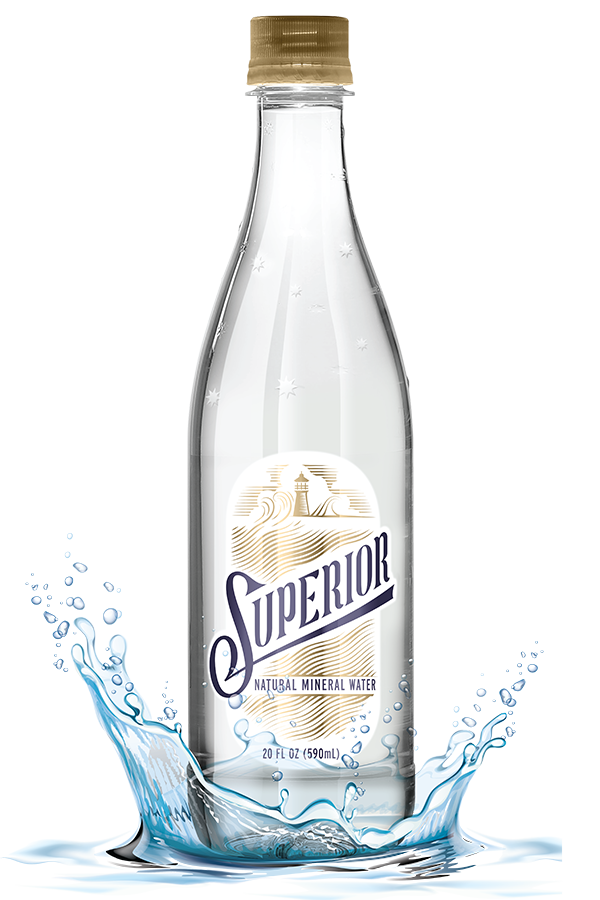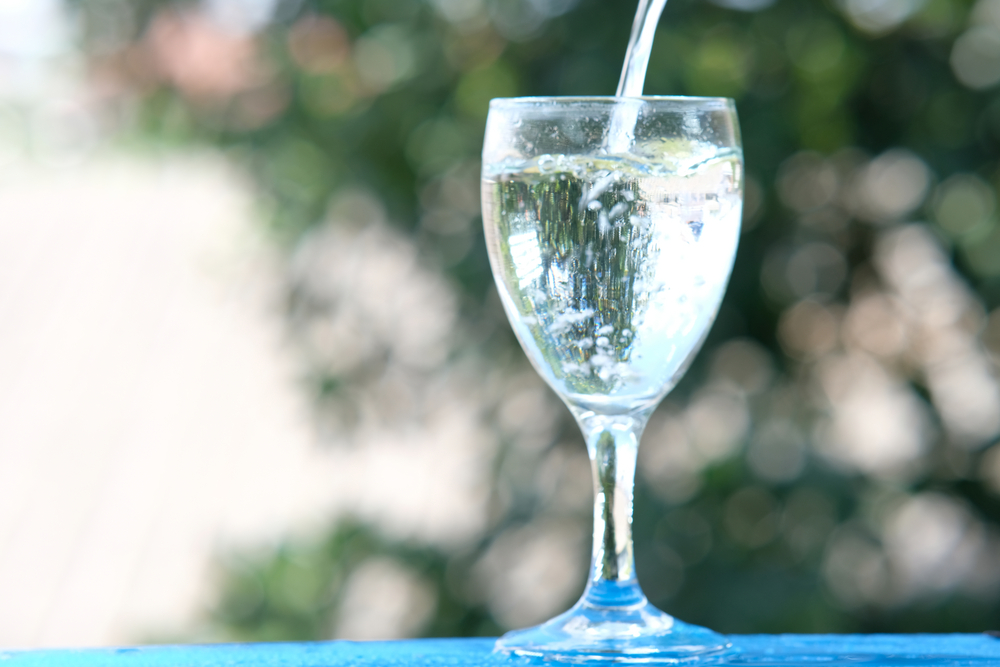Something a lot of us do not think about is how big the bubbles are in a carbonated beverage. As you approach pairing food with any type of beverage, the style matters:
- Red vs. White
- Bold vs. Mild
- Tannic vs. Smoth
- Fruit forward vs. Mineral
- Sparkling vs. Still
Inside the “Sparkling” category, many foodies think about wine – how Champagne bubbles might differ from Prosecco bubbles or perhaps even Moscato bubbles and how different Champagne style wines (Champagne only comes from the Champagne region of France – any similar styles have to be called something else) can be in terms of bubble size.
The truth is that size absolutely matters – when it comes to how you pair something sparkling with any sort of food or other beverage. The size of the bubble as well as the number of bubbles/space between the bubbles both can impact how your palate experiences flavors, textures and spice.
As a “still” water company (Superior Natural Mineral Water currently only produces a still mineral water – meaning no bubbles), you may be curious as to why we want to explore bubbles. The simple reason is that we want you to have the best total water experience – and we know that sometimes a little bubbly might be just the answer.
So, let’s get into it…
There are many ways to describe bubbles but one of the best we have found is on the FineWaters website: https://bit.ly/3sytXc0 which we summarize below (with our own interpretation from various tastings (listed from lightest to boldest).
Effervescent: the lightest of all carbonation, this level provides a hint of bubbles on the palate. Can pair well with foods with subtle flavors but can also leave folks confused – is it bubbly or still? This type of water needs to be chilled to experience the carbonation – warmer serving temps tend to mute the sparkling experience.
Light: smaller bubbles, lower bubble concentration make this a great, cool drinking water with summer fare and lighter dishes. This style helps with overall mouth feel and can enhance tasting experiences – especially with appetizers and other small bites that are lighter in nature.
Classic: what you might “expect” when you open a bottle or can of sparkling mineral water. This is the most common and what you would traditionally find at restaurants. Larger bubbles and a higher concentration makes this style wonderful with any number of meals. When there are total dissolved solids (TDS – minerals, electrolytes, nutrients) at higher levels, this can throw things out of balance for the palate. If you have one that is lower in TDS, this is a potential mixer for cocktails as well.
Bold: this is the real deal in bubbles. Larger bubbles and higher concentration of bubbles make this style a bit overpowering when served well chilled. As this water gets closer to room temperature (sort of like red wine – 64 degrees is often considered room temperature), you now have something that can interact with bold flavors and big dishes. Fireworks in your mouth is sometimes how this water is described. From an experiential viewpoint – this is awesome. From a pairing with lighter foods, this would be like drinking a dry Riesling with a steak – not wrong but may confuse the tastes and lead to head scratching.
All in all, sparkling waters are perfectly fine and should be part of your regular offering (depending on what you are serving). We do feel, however, that your best bet is to try Superior Natural Mineral Water and find out how this high pH (7.9), high TDS mineral water from a Lake Superior Aquifer in the Ottawa National Forest matches with your palate – and with your preferred foods. Check out our Water Pairing Chart for a bit of a road map.
Enjoy!

